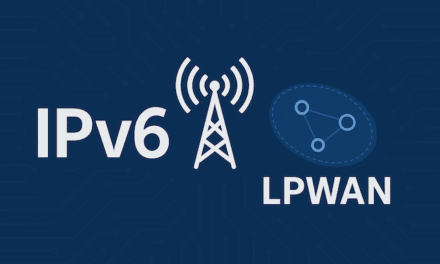Introduction
The Internet of Things (IoT) has evolved significantly over the past few years, transforming from a niche technology into a mainstream solution that is reshaping industries. This blog post aims to delve into the current status of IoT, focusing on its security challenges, ease of deployment, relevant industries, and key market players. We’ll also provide examples to illustrate these aspects.
1. Security in IoT
Security remains a paramount concern in the IoT space. As more devices connect to the internet, the risk of cyberattacks and data breaches increases. IoT devices often lack robust security features, making them vulnerable to attacks. For instance, in 2016, the Mirai botnet attack, which harnessed insecure IoT devices, caused widespread internet outages.
To address these concerns, manufacturers and developers are increasingly prioritizing security in IoT devices. Advances in encryption, authentication, and regular firmware updates are becoming standard practices. Organizations like the Internet of Things Security Foundation (IoTSF) are also working to establish comprehensive guidelines for IoT security.
2. Ease of Deployment
Ease of deployment is critical for the adoption and success of IoT solutions. Simplifying the integration of IoT devices with existing systems and ensuring user-friendly interfaces are key areas of focus. Companies like Cisco and Siemens are leading the way in providing IoT platforms that offer easy deployment and management of IoT devices.
For instance, Cisco’s IoT Control Center provides a unified platform to manage IoT connections, ensuring efficient and secure deployment. Siemens, with its MindSphere platform, enables easy integration of IoT devices into existing industrial systems, offering analytics and insights to optimize operations.
3. IoT in Different Industries
IoT is having a profound impact across various industries:
- Healthcare: IoT in healthcare, often termed the Internet of Medical Things (IoMT), includes devices like smartwatches that monitor heart rates and wearable glucose monitors. These devices are revolutionizing patient care by providing real-time health monitoring and personalized healthcare.
- Manufacturing: In manufacturing, IoT devices are used for predictive maintenance, monitoring equipment health, and optimizing production processes. Companies like GE and Siemens are at the forefront, integrating IoT solutions into their manufacturing processes.
- Agriculture: Smart farming, enabled by IoT, involves the use of sensors for soil moisture and nutrient levels, improving crop yields and resource management. Companies like John Deere are integrating IoT into their machinery, enhancing farming efficiency.
4. Market Players
Several key players dominate the IoT market:
- Google: With its acquisition of Nest, Google has made significant strides in the home IoT space. Its Google Cloud IoT platform is also a major player in providing backend services for IoT solutions.
- Amazon: Amazon’s AWS IoT offers a suite of services for IoT device management and data processing. The Echo range of smart speakers is another testament to Amazon’s commitment to IoT.
- Huawei: Known for its telecommunications equipment, Huawei is also a major player in the IoT arena, offering solutions for smart cities and industrial IoT.
Conclusion
The IoT landscape is continuously evolving, with advancements in security and ease of deployment driving its growth across various industries. The involvement of major market players like Google, Amazon, and Huawei is a testament to the potential of IoT. As IoT technologies mature, we can expect to see even more innovative applications that will further transform our world.
Tags: #IoT #InternetOfThings #TechTrends #CyberSecurity #SmartTechnology #DigitalTransformation




